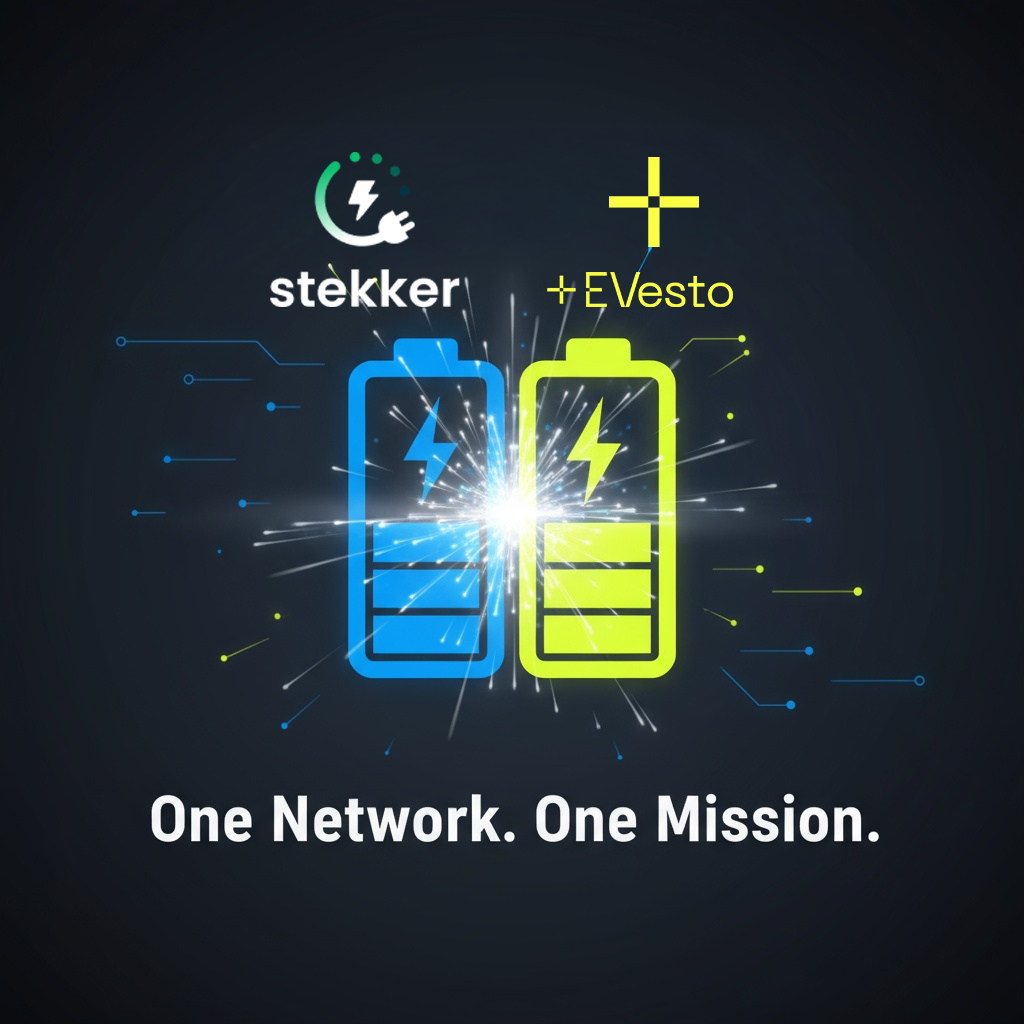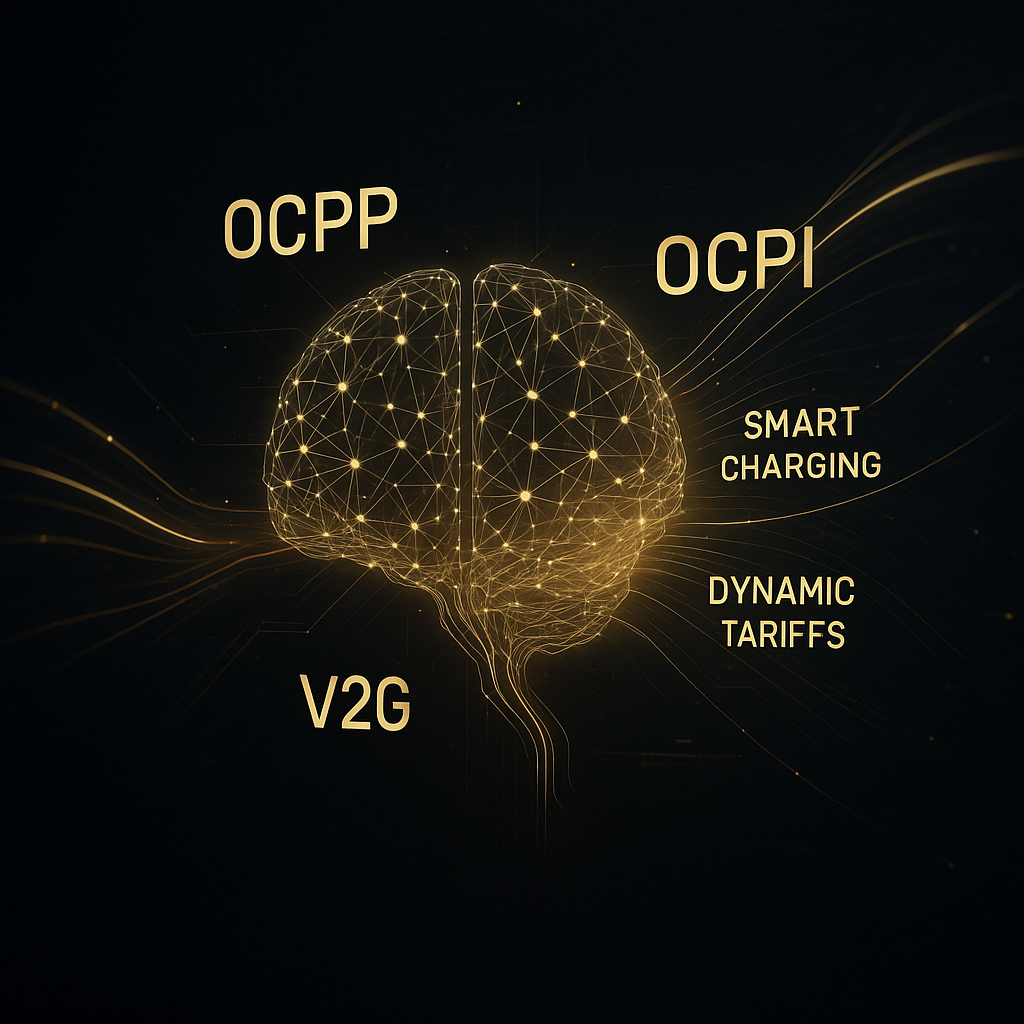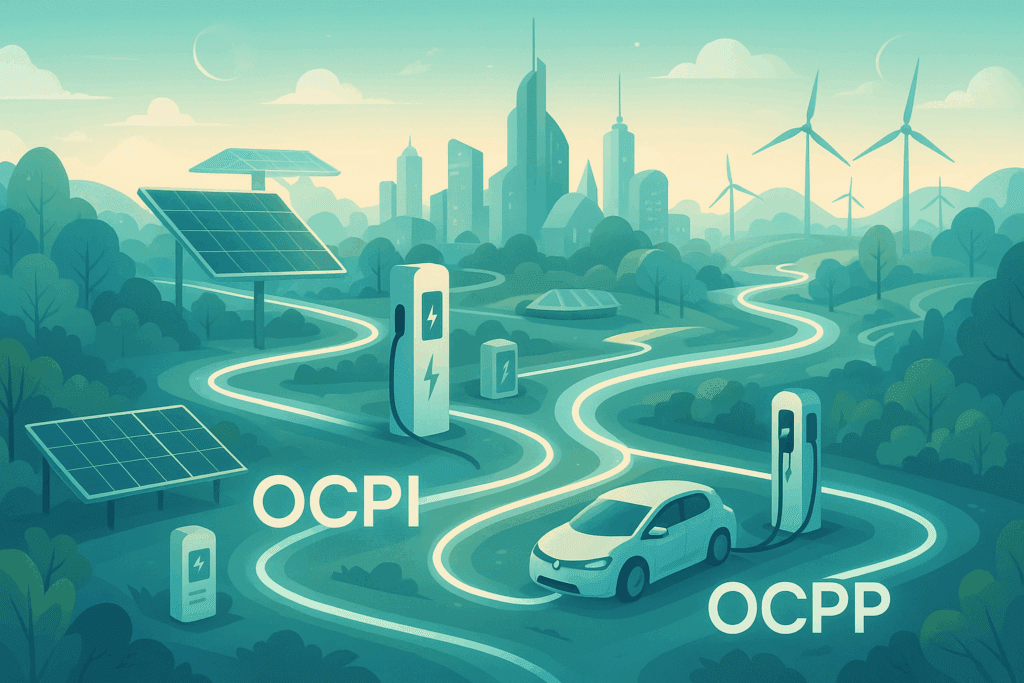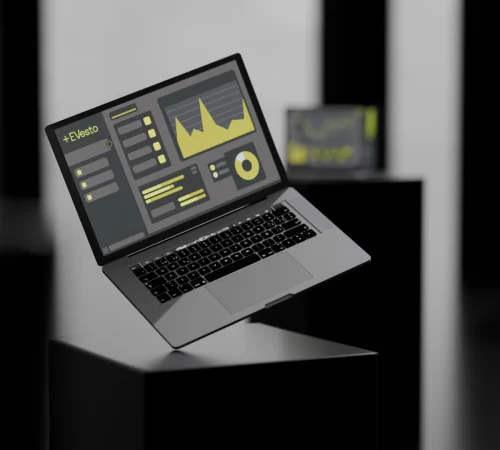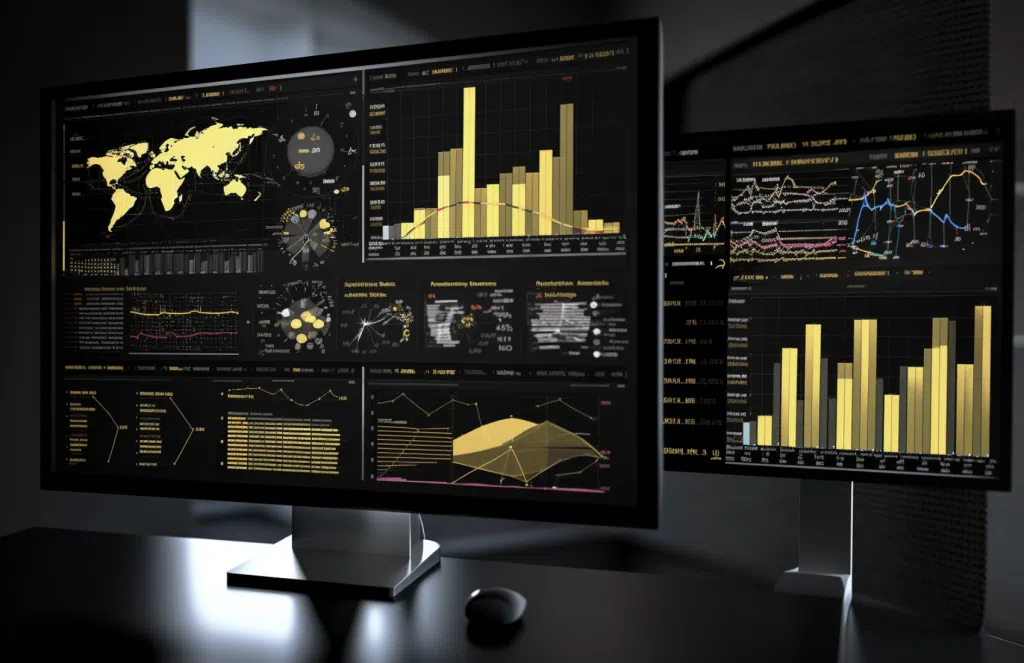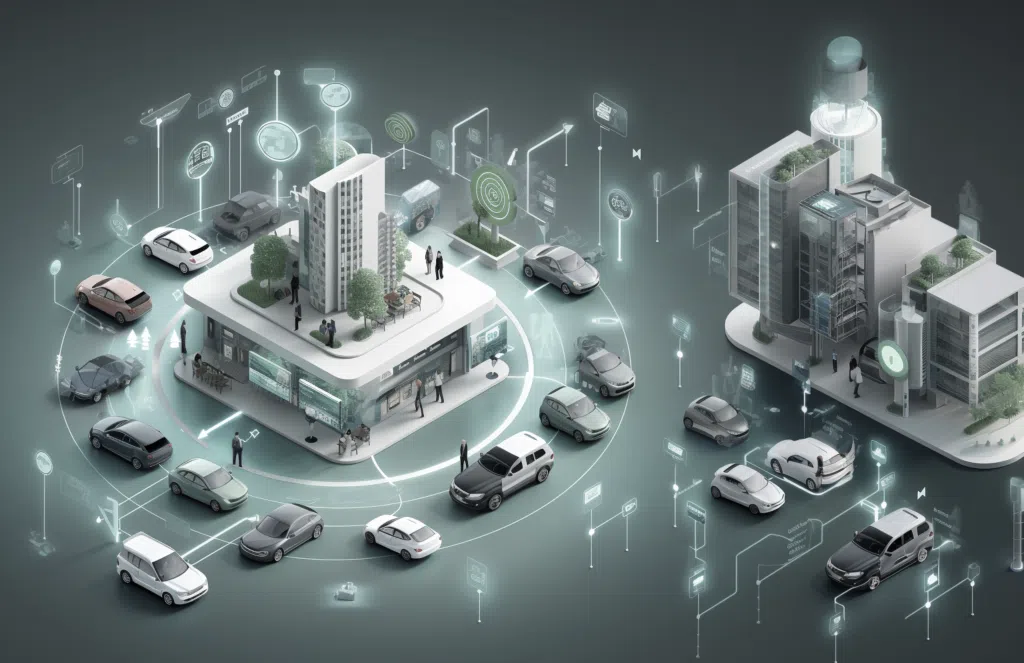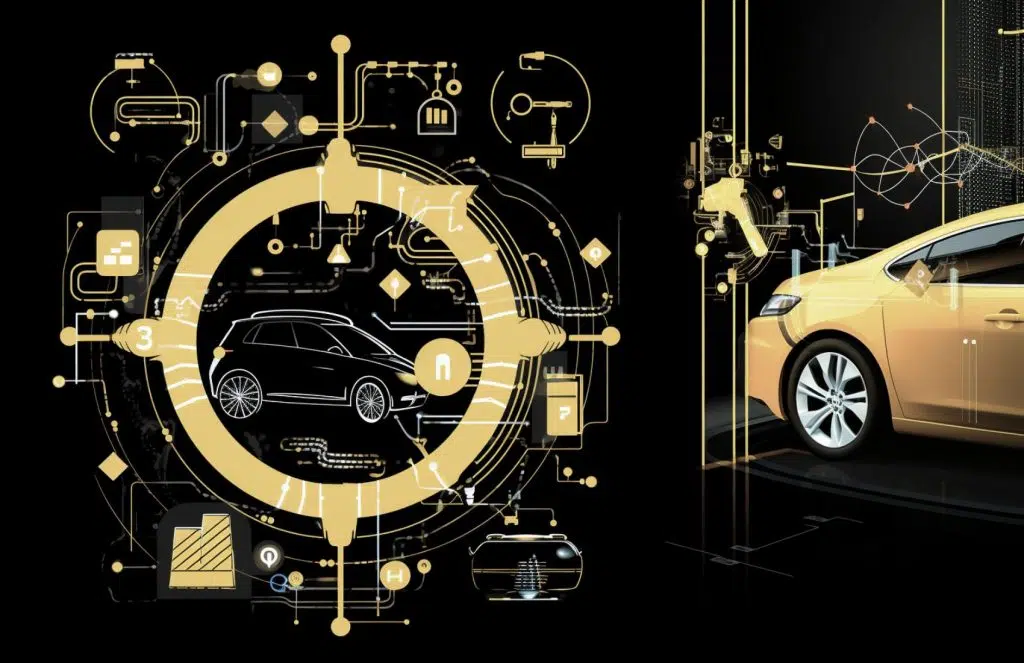At EVesto, transparency is not just a buzzword but ingrained in their core values. Recognizing the significance of instilling utmost confidence in its clients, the company provides real-time updates on its system’s performance. This commitment ensures that users remain well-informed and can witness firsthand the smooth operations powering their businesses.
Exploring Common Factors that Can Take an Electric Vehicle (EV) Charger Offline
In an industry where any downtime can drastically affect operations, EVesto’s commitment towards achieving unparalleled uptime begins with a thorough understanding of what could cause an electric vehicle (EV) charger to go offline. These include power outages, internet connection issues, hardware malfunction, software issues, lost connectivity with the backend system, overloading or overheating, electrical interference, poor maintenance, adverse weather conditions, vandalism or theft, and installation errors. Among these, issues arising from Charge Point Management Systems (CPMS) hold a crucial part.
Charge Point Management Systems can face several issues which might lead to an EV charger going offline, such as software bugs, communication issues, data overload, poor integration with other systems, inadequate security, firmware updates, configuration errors, and hardware failure. EVesto, aware of these potential problems, employs a comprehensive approach to mitigate these risks, ensuring their CPMS is robust and reliable.
Transparency in Action
To exemplify their transparency, EVesto extends an open invitation to all users to check the status of their Charge Point Management System (CPMS) independently. By visiting https://status.evesto.com/,clients can witness the unwavering commitment of EVesto to maintaining a robust and reliable platform. This proactive transparency extends to constantly monitoring the central hub offering the connectivity to chargers, the API, our portal, and crucial interoperability platforms such as e-clearing, P2P roaming connections, Gireve, and Hubject. By promoting transparency, EVesto aims to establish a strong foundation of trust and accountability with its valued users.
How is uptime calculated?
Regarding the uptime of EV chargers, Tesla’s Supercharger network, for example, had an average uptime of 99.95% in 2022, considered near perfect. However, the measure of “uptime” can be complex as it depends on the methodology used. For instance, Tesla defines the uptime of Supercharger sites as the average percentage of sites globally that had at least 50% of their daily capacity functional for the year.
At EVesto, the uptime of the charger is defined as the period during which a charger maintains a steady connection to the EVesto network. This means it is up and operating optimally if the charger is connected without hardware or charger-related complications. This approach enables EVesto to provide reliable uptime statistics, assuring clients that when their charger is connected to EVesto, they can anticipate a seamless charging experience.
In the world of EV charging, despite the high uptime, occasional outages are an inevitable part of the landscape. Traditional steps when encountering a broken EV charger involve:
Enhancing Customer Experience Through Proactive Solutions
However, with EVesto CPMS, the response to such issues transcends the ordinary. Thanks to the introduction of Connectivity and BootNotification webhooks, EVesto empowers its clients with innovative solutions to address uptime-related issues. These unique tools grant immediate access to critical information about device status, allowing users to make informed, data-driven decisions and enhance their charging operations like never before.
Here’s where the real game-changer comes in: the ability to detect a charger’s offline status. In many scenarios, it’s often too late to undertake corrective measures once a charger goes offline. However, with EVesto’s innovative offline webhook, clients are informed when the charger goes offline in real-time. This newfound knowledge enables the client to act promptly by dispatching a technician or manually restarting the charger on-site.
By leveraging these enhanced webhooks, EVesto clients can proactively identify and resolve connectivity issues. This proactive approach ensures uninterrupted charging sessions and maintains the highest level of operational efficiency. Through providing instant updates about device status, clients are empowered to take timely actions, minimizing downtime and maximizing the performance of their charging infrastructure. It’s not just about handling issues; it’s about turning challenges into opportunities for enhancing service delivery.
By setting remarkable standards for uptime and promoting transparency through real-time updates and independent verification, EVesto differentiates itself in the technology landscape. EVesto’s dedication to smooth operations and user confidence remains steadfast, solidifying its reputation as a trusted partner in today’s fast-paced digital world. EVesto’s innovative Charge Point Management Software offers a reliable solution for Charge Point Operators and B2B clients in electric mobility. Learn more about our products and services here.

